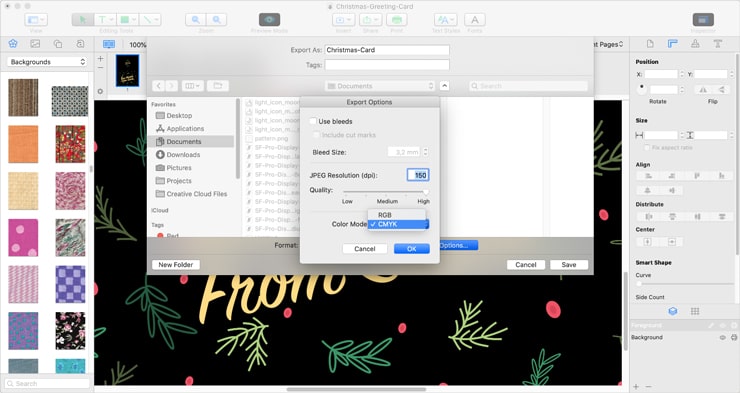

Thus, only in-frame knock-ins express a tagged protein and surface display.

Transfection of these repair templates with Cas9 and single guide RNA enables knock-in at the double strand break site located in the open reading frame (ORF) of the target gene. The system utilizes two DNA repair templates, each encompassing an identical insert (e.g., a C-terminal tag) followed by a cell-surface display sequence encoding a unique protein epitope (Fig. While previous studies have employed surface tags to mainly identify bulk populations of CRISPR gene knockouts 11, we have designed and implemented a strategy that allows the precise identification of clonal, biallelically edited knock-ins. There is therefore an urgent need to streamline the process of identifying biallelically edited cells.įor swift identification of biallelically edited cells, we developed an iterative genome editing platform called SNEAK PEEC (Surface engiNeered fluorEscence Assisted Kit with Protein Epitope Enhanced Capture), which combines CRISPR/Cas9 genome editing with cell-surface display (Fig. This is arduous and resource intensive, leading to increased experimental turnaround times.

While current FACS based strategies are sensitive enough to detect fluorescence markers expressed from several native promoters, they are more conducive to selecting bulk polyclonal populations of mixtures of edited cells, followed by extensive genomic screening until a biallelically edited clone is identified 8, 11, 12. Although intein-split antibiotic resistance genes can reduce the number of antibiotics required, they are insufficient to drive selection when expressed from endogenous promoters 10. One drawback of antibiotic selection is that using multiple antibiotics can be harsh on cells and require additional screening of suitable selection conditions 10, 13, 14. Current selection strategies primarily utilize antibiotic selection or fluorescence assisted cell sorting (FACS) to identify biallelically edited cells 10– 13. Monoallelic editing or ectopic expression of tagged proteins can result in insufficient amounts of sample, impeding subsequent structural characterization of target complexes. This is especially of consequence in the field of structural biology, wherein affinity-tagging of endogenous proteins using CRISPR-CAS systems is often the only viable strategy to purify large, multicomponent complexes in their native, biologically active forms. Hence, cells that undergo desired biallelic modifications represent a much smaller percentage of the entire edited population. As a result, CRISPR editing in human cells results predominantly in monoallelic knock-ins, wherein only a single gene copy (allele) is edited while the second may maintain its wildtype status or even undergo an undesired modification 8, 9. However, current approaches suffer from low efficiencies, especially when inserting larger pieces of foreign DNA (knock-ins) 5– 7. CRISPR-Cas systems have allowed accurate editing of the human genome for applications in research and therapeutics 1– 4.


 0 kommentar(er)
0 kommentar(er)
